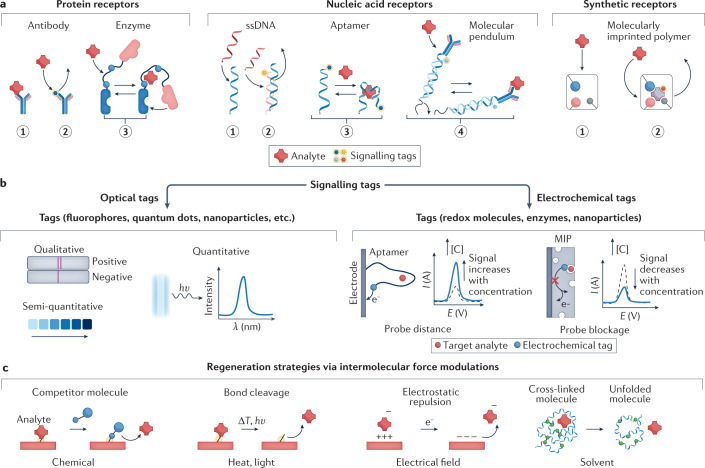Fig. 3. Emerging wearable sensing strategies for biosensing.
a, Target recognition based on bioaffinity receptors and molecular switches for wearable biosensing. Protein receptors include antibodies for target recognition through direct binding (panel 1) or displacement of a signalling probe (panel 2) and enzyme switches that change molecular configuration upon target binding (panel 3). Nucleic acid receptors include single-stranded DNA (ssDNA) used for target recognition through direct DNA hybridization (panel 1) or displacement of another DNA strand with a signal probe (panel 2), aptamer switch with shape change upon binding of the target molecule (panel 3) or a DNA-based molecular pendulum (coupled with a redox probe and a protein receptor) that changes the probe–electrode distance upon target binding (panel 4). Synthetic receptors such as molecularly imprinted polymers (MIPs) can perform target recognition through direct target binding (panel 1) or displacement of molecules with a signal probe (panel 2). b, Optical and electrochemical signalling tags used in bioaffinity sensors for in situ signal transduction. Optical tags such as fluorophores, quantum dots and nanoparticles can be used to transduce the target recognition to measurable optical signals. The resulting optical signal could offer qualitative analysis (yes/no response), semi-quantitative sensors based on colour change and quantitative analysis via absorbance or luminescence intensities. Electrochemical tags such as redox probe molecules, enzymes and nanoparticles are used to transduce the target recognition to measurable electrical signals; for example, the recognition of targets with aptamers decreases the distance of the tagged redox probe from the electrode, leading to increased redox signal; binding of target molecules with MIP sensors reduces the exposure of the redox probe to the biofluid, leading to a decreased redox signal. c, In situ sensor regeneration strategies based on intermolecular force modulations. Biosensors can be regenerated chemically, by introducing a competitor molecule that has a stronger binding affinity to the receptor than the target molecule; with heat and light, as external energy to cleave the bond between the receptor and target molecule; by electrical fields, which remove the target molecule by electrostatic repulsion; or by solvent effects, varying solution properties (for example, pH and ionic strength). λ, wavelength; E, potential; I, current; [C], analyte concentration.

